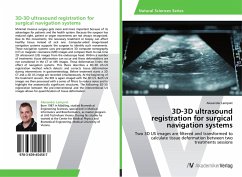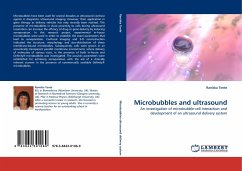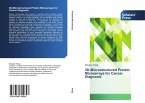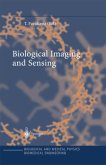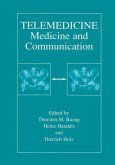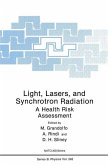Minimal invasive surgery gets more and more important because of its advantages for patients and the health system. Because the surgeon has reduced sight, patient or organ movements are not always recognized. Due to this movements, the necessary treatment or biopsy can affect healthy tissue instead of sick one. Computer-aided image-based navigation systems supports the surgeon to identify such movements. These navigation systems uses pre-operative 3D computer tomography (CT) or magnetic resonance (MR) images and compare them to real-time 2D ultrasound (US) images from the endoscope head. Within a number of treatments tissue deformation can occur and these deformations are not considered in the CT or MR images. These deformation limits the effect of navigation systems. This thesis describes a 3D-3D US-US registration method which detects and corrects tissue deformation during interventions in gastroenterology. Before treatment starts a 3D CT and a 3D US image are recorded simultaneously. At the beginning of the treatment session, the ROI is again imaged with the 3D US. Both US images are then processed with a series of filters to reduce noise and to highlight the anatomically significant structures. The following 3D-3D registration between the pre-interventional and the interventional US images allows for quantification of tissue deformation.

